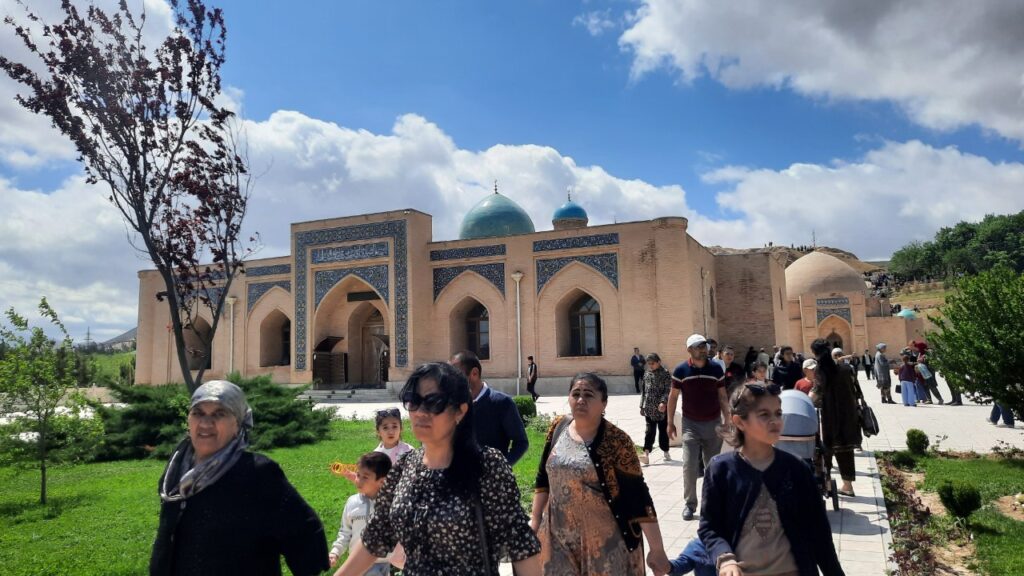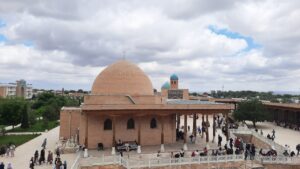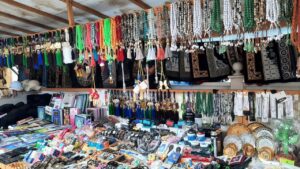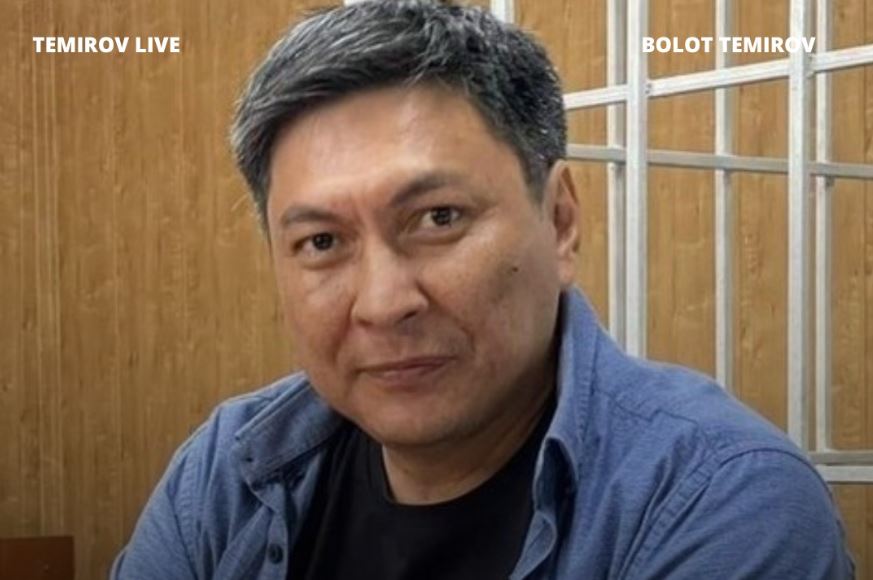Bishimbayev: Kazakhstan Awaits Verdict in Pivotal Murder Case
This is not in doubt in the live-streamed trial in Kazakhstan: The former economy minister brutally beat his wife and she died from her injuries.
Was it murder with particular cruelty and torture, as prosecutors allege? Or was the killing unintentional, making it a lesser crime commensurate with manslaughter or culpable homicide, as the defense says? After weeks of dramatic testimony, the jury is expected to deliberate and reach a verdict soon.
Whichever way it goes, the decision in the trial of Kuandyk Bishimbayev, whose fatal beating of Saltanat Nukenova at a restaurant in Almaty, Kazakhstan in November was partly captured in CCTV footage, is one chapter in a fraught reckoning over domestic violence that is only just emerging into the open in a Central Asian country where speaking out is sometimes discouraged.
In other countries where powerful men have been accused of murdering female partners, some sensational cases have, at least temporarily, energized debate and campaigns to protect women from domestic violence even if the legal outcomes have bitterly disappointed the families of the dead. There was the trial of athlete and celebrity O.J. Simpson, acquitted in the 1994 deaths of ex-wife Nicole Brown Simpson and her friend Ron Goldman in Los Angeles. In South Africa, former Paralympic champion Oscar Pistorius was freed on parole in January, 11 years after murdering girlfriend Reeva Steenkamp in a Valentine’s Day shooting.
As public outrage over Nukenova’s killing simmered in Kazakhstan, President Kassym-Jomart Tokayev signed a new law in April that tightens penalties for domestic violence and provides more help for survivors. Human Rights Watch is among groups that have commended the law as a step forward but say it should have designated domestic violence as “stand-alone offense,” which would allow other types of violence within the family, such as psychological or sexual, to be thoroughly investigated and prosecuted.
The trial has thrust Kazakhstan’s criminal justice system, which can often be opaque, into the international spotlight. The unprecedented access to the Astana courtroom for online viewers has generally reflected well on Kazakhstan, showcasing a female judge, Aizhan Kulbaeva, as well as female prosecutor Aizhan Aimaganova, who at one point held up a bottle of red liquid to show the size of the fatal blood clot in Nukenova’s head.
Aimaganova also said Bishimbayev tried to cover up the crime and that, while he had a mind and intellect, there was “no heart” nor any shred of remorse and compassion in his eyes.
The jury consists of ten citizens and the judge, who is likely to hold considerable sway over the group. A simple majority is needed to reach a verdict. Kazakhstan started introducing jury trials in 2007 and has received U.S. and European guidance over the years.
In 2018, Bishimbayev was sentenced to jail time for corruption, but was later released as part of an amnesty. If convicted of murder, he could face 15 years to life in prison. In his final remarks in court, he said he was sorry but was also defiant, talking about how an alleged smear campaign against him was similar to Nazi propaganda.
“This is how it turns out in my case: the more terrible the lie that is spread, the easier it is for people to believe it,” the defendant said.
People in Kazakhstan and beyond await a verdict.














